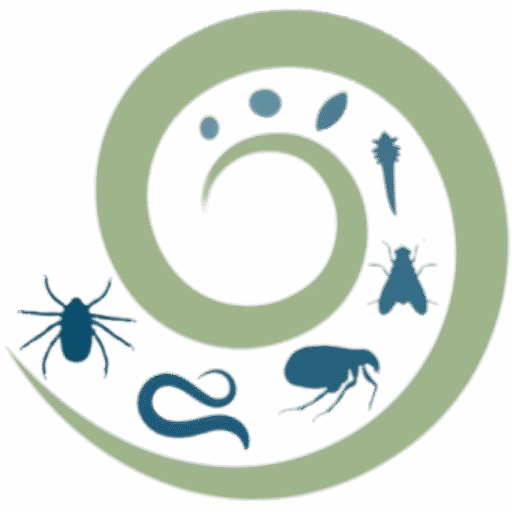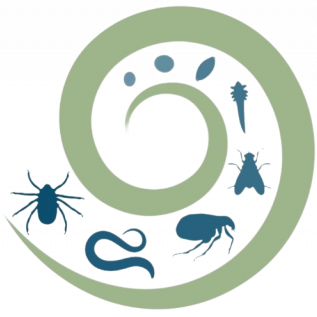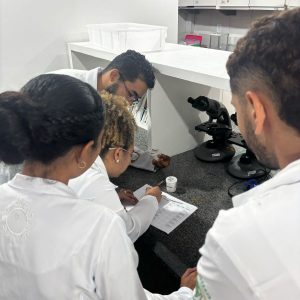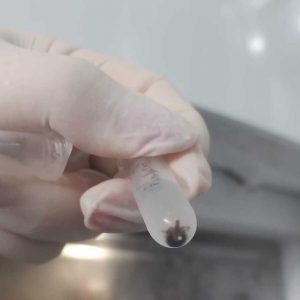Danilo Rodrigues Barros Brito, Francisco Augusto Souza Ferreira, Yasmin Suelen Alves Pinheiro,
Nayla Helena Silva Buna, Henrique Nelson Pereira Costa Júnior, Livio Martins Costa Júnior
Abstract
Cattle breeding has great importance in the Brazilian economy, however, diseases affect production, causing economic losses, such as myiasis. The causative agent of myiasis is Cochliomyia hominivorax, the screwworm fly. The agents are suitable for tropical and subtropical regions in Brazil, and exhibit parasitic drug resistance. The objective of this work was to verify the occurrence of C. hominivorax in cattle in the state of Maranhão, Brazil. In the first stage, 19 dairy and beef cattle properties were chosen, distributed
in 11 municipalities in Maranhão. Questionnaires asked about the management, the drugs used and the cost of prevention related to the disease. The cattle were examined by inspection, partially collecting the larvae found on the body surface. The number of larvae per bovine, location of lesions, origin and complications were observed and noted. Then, the collected specimens were placed in individual flasks, per sampled host, containing alcohol at 70°Gay-Lussac (GL). In the second stage, the fly larvae were
identified in the laboratory, examined under a stereomicroscope and identified by their morphology and analysis of perithematics plaques and respiratory spiracles. It was found more that 60% (12/19) of the properties had parasitized cattle. Among the 4.509 animals observed, 0.57% (26/4509) were parasitized with the larvae of C. hominivorax. Infestations were found in the navel (50%), as well as in the neck plate (42%), vulva (4%) and horn (4%). It is concluded that there was a low prevalence of myiasis caused by
C. hominivorax in cattle in the state of Maranhão, but prevention and health care should always be adopted by livestock farmers.






Comments are closed